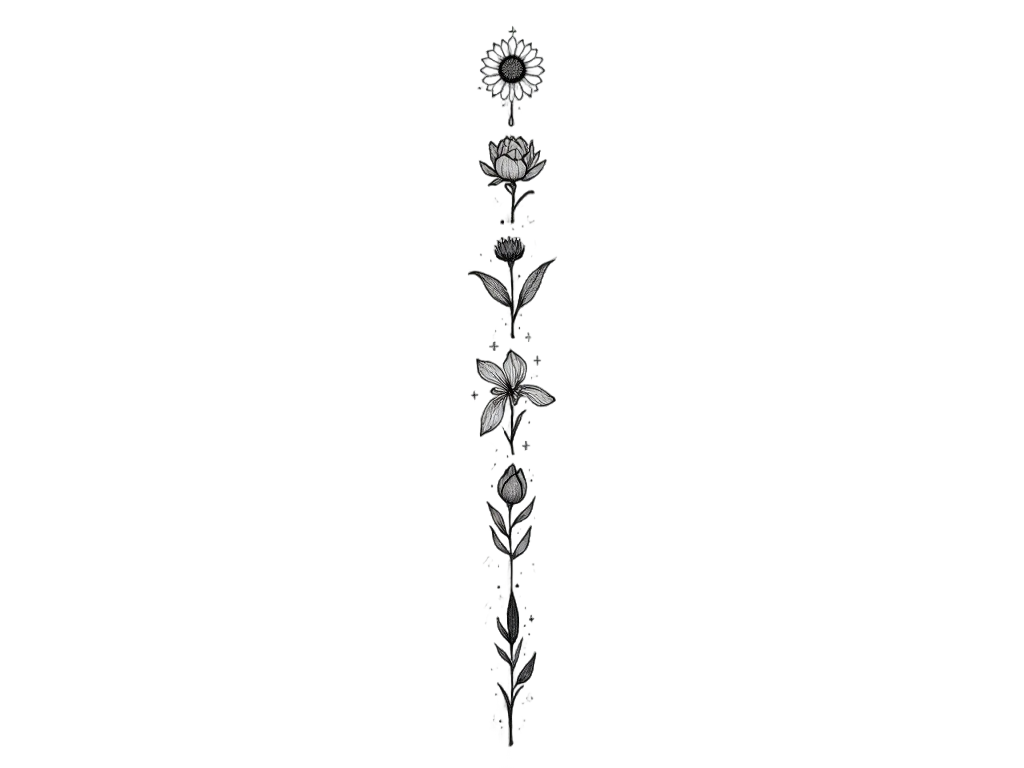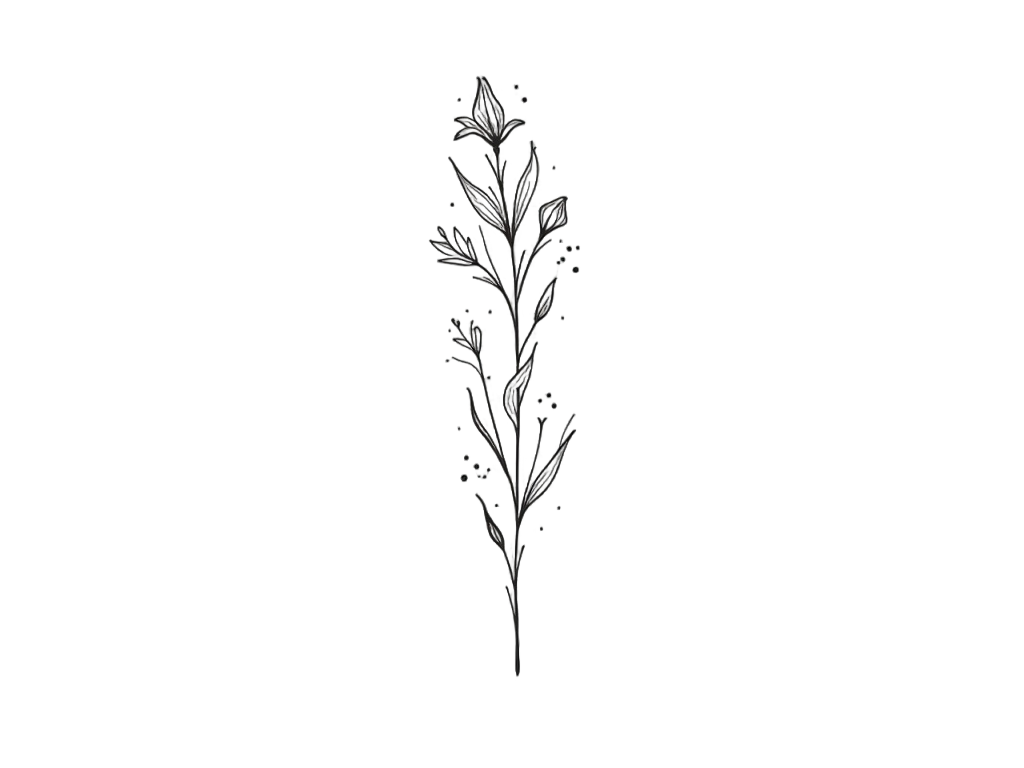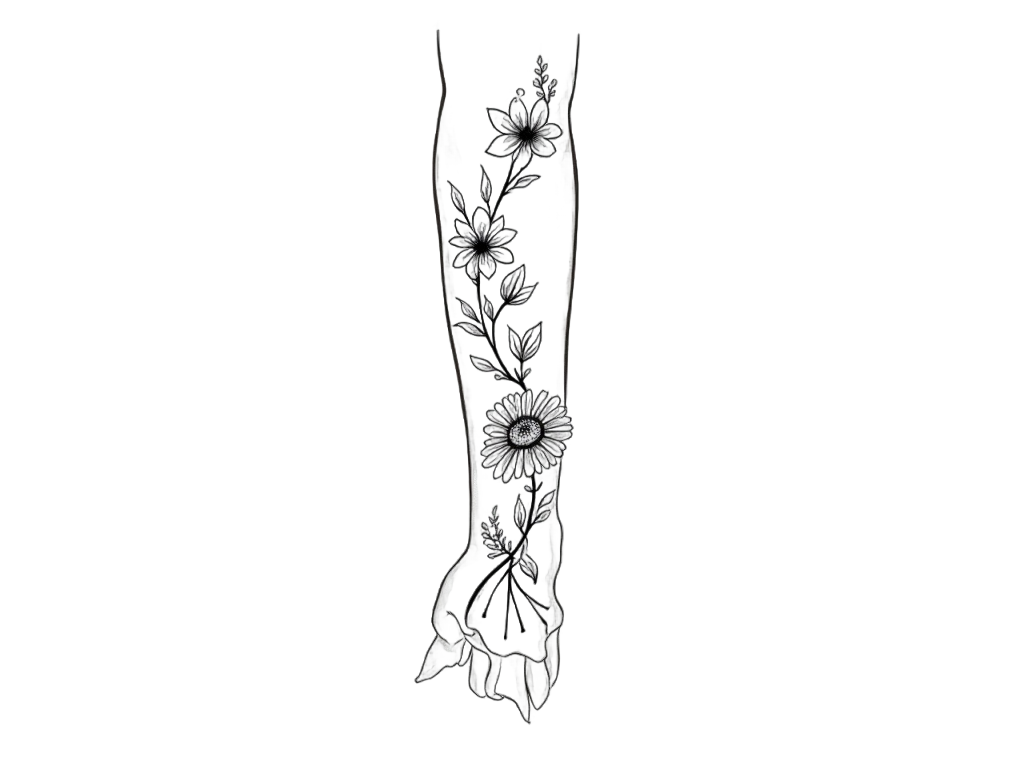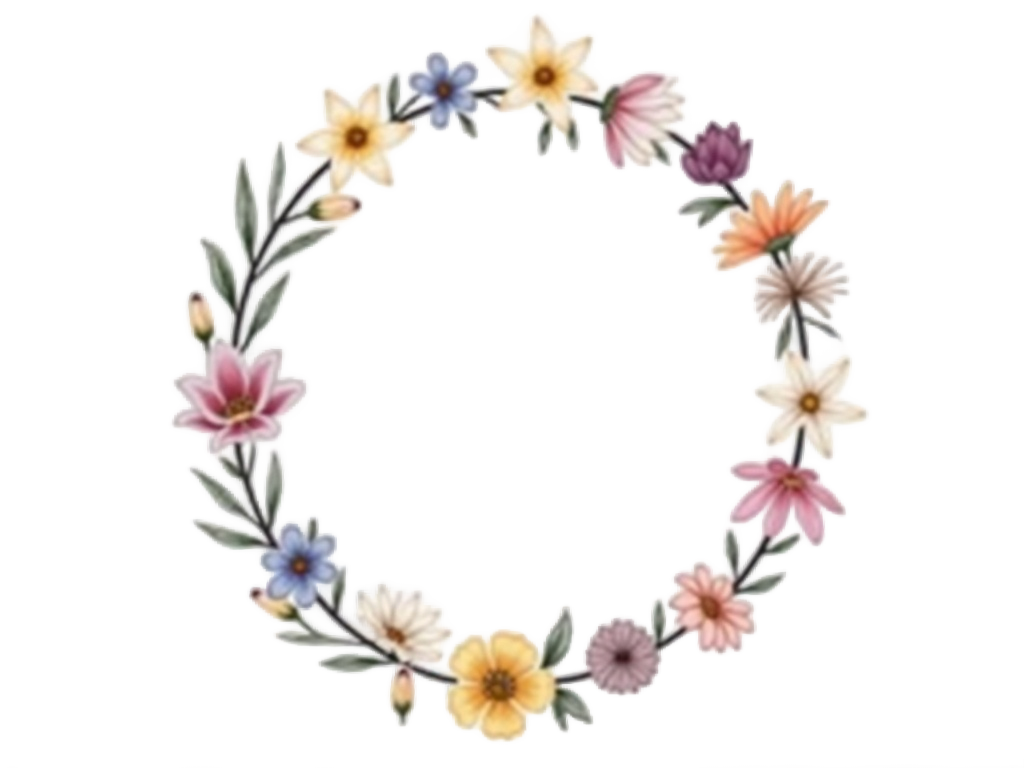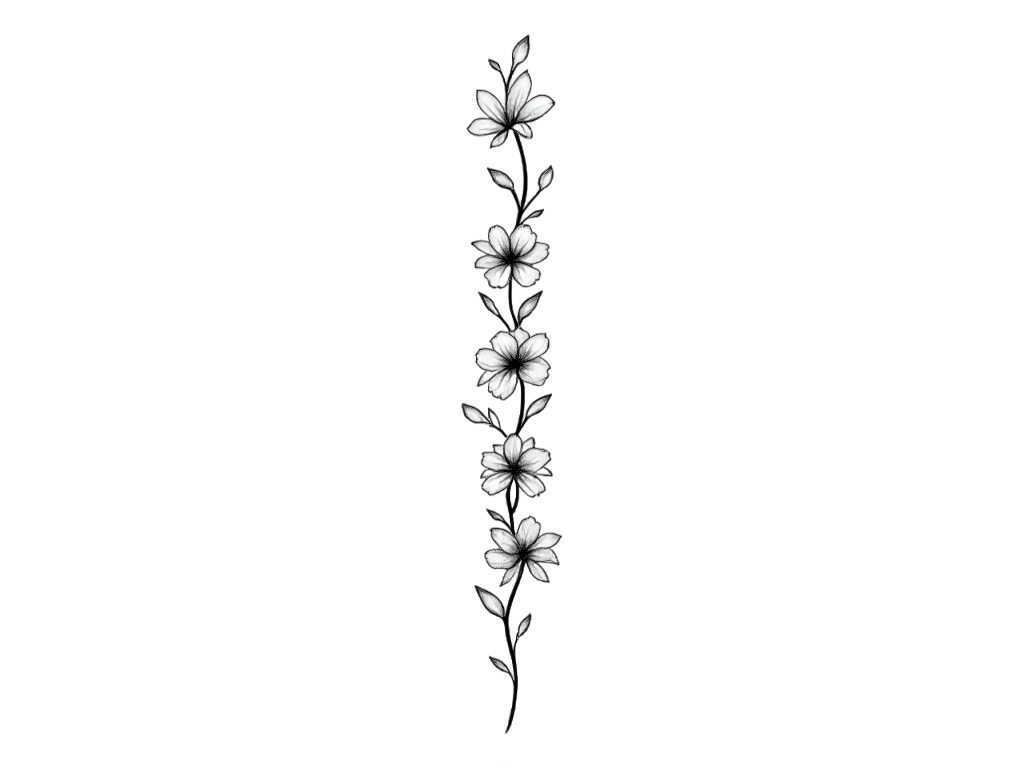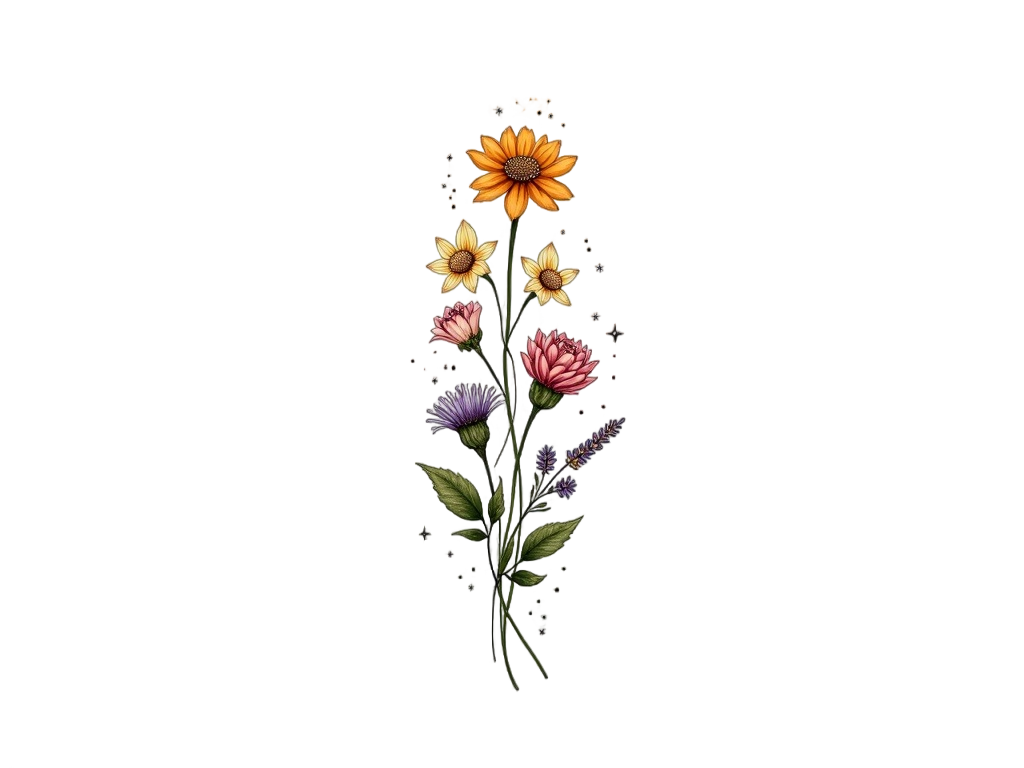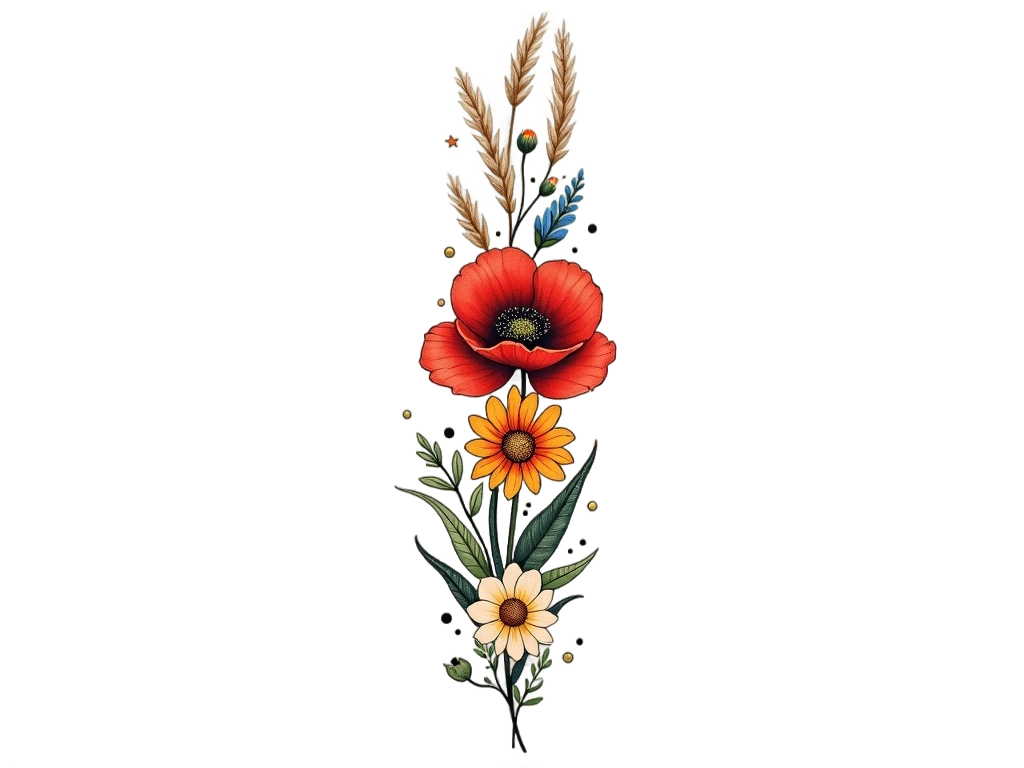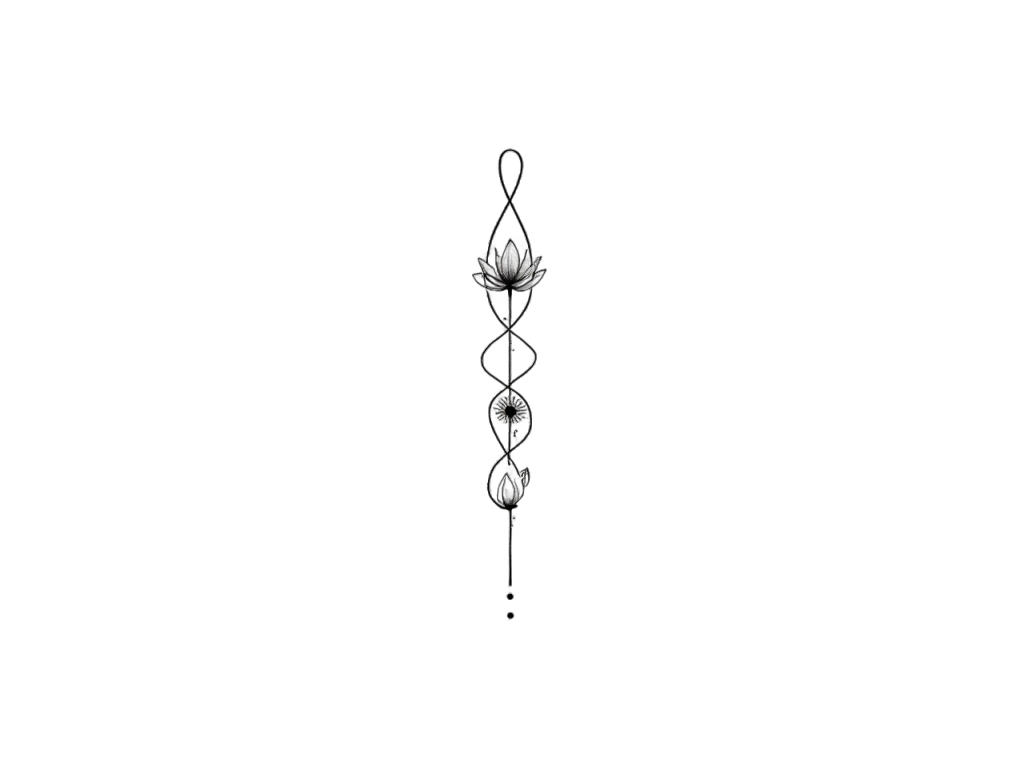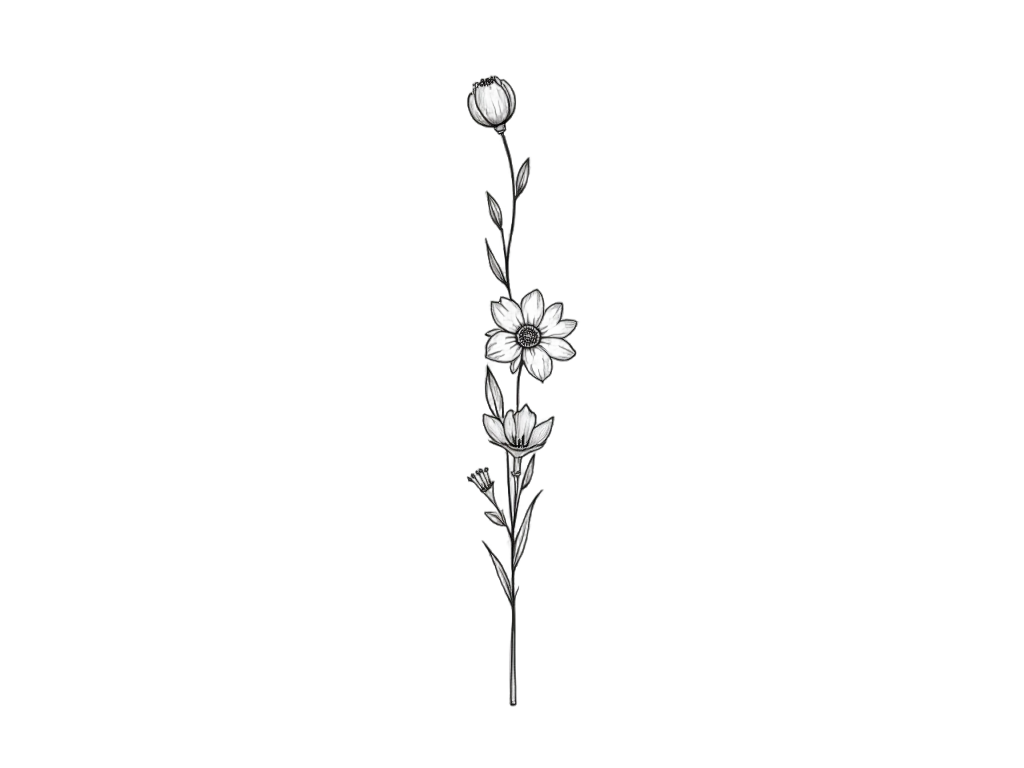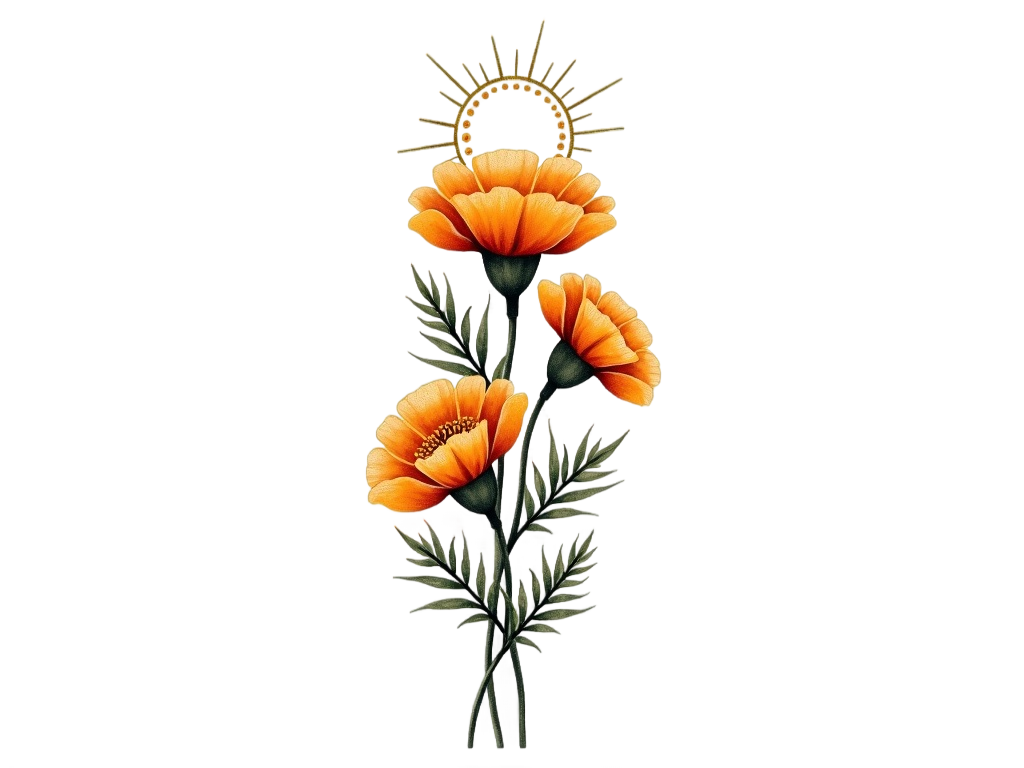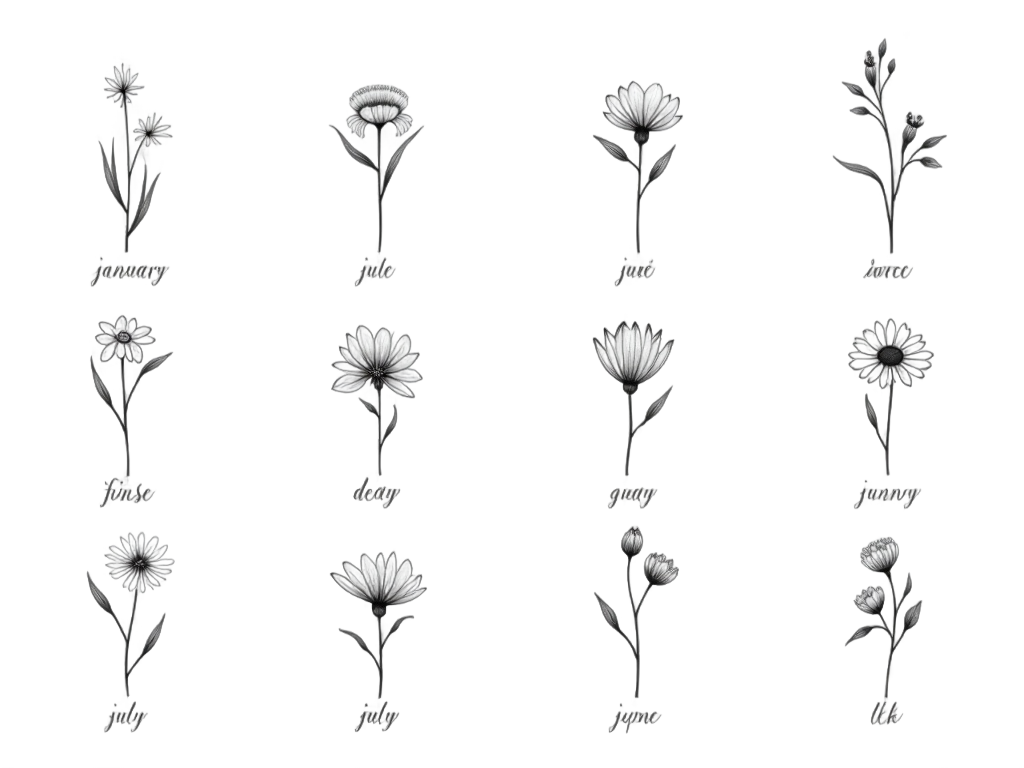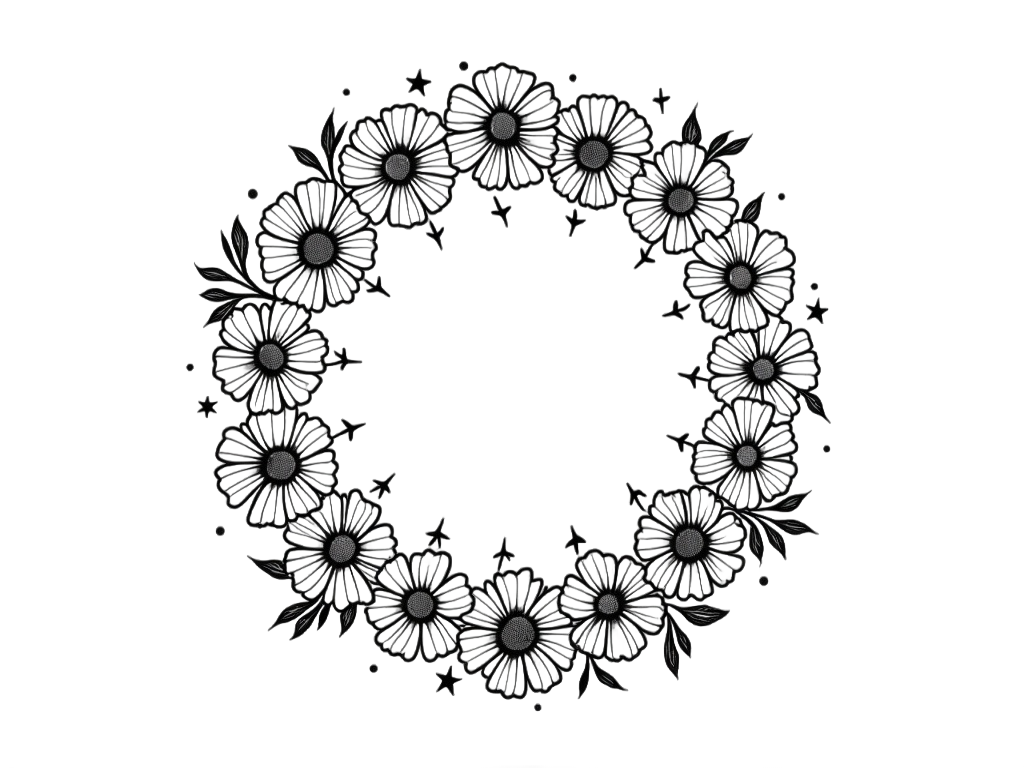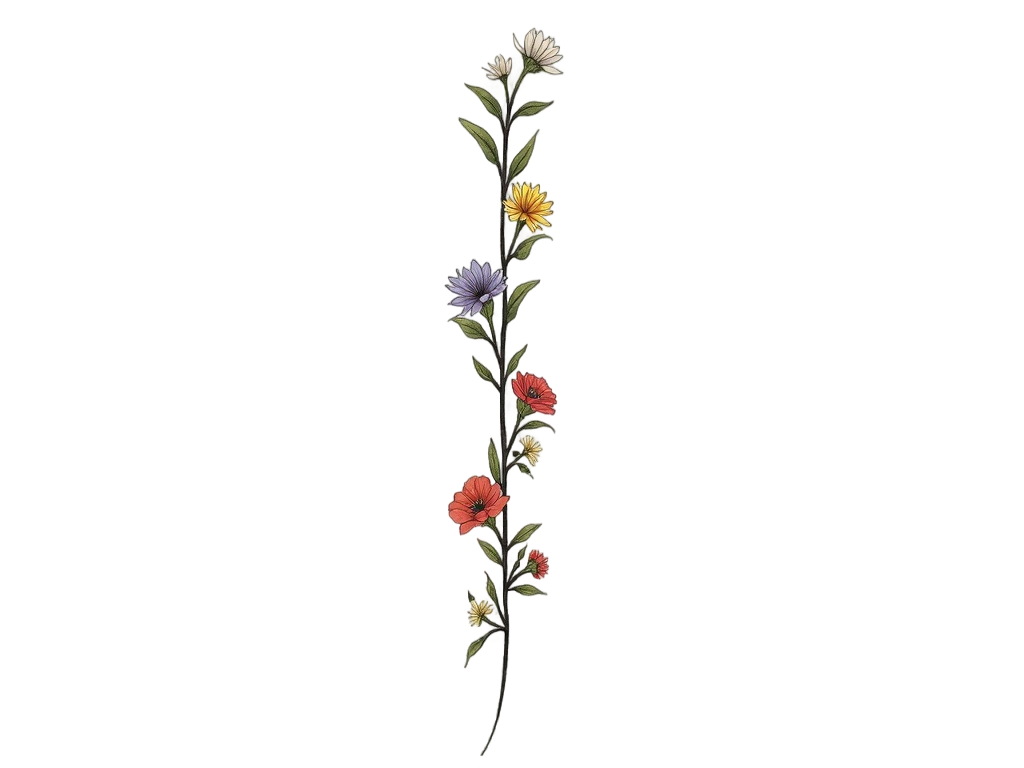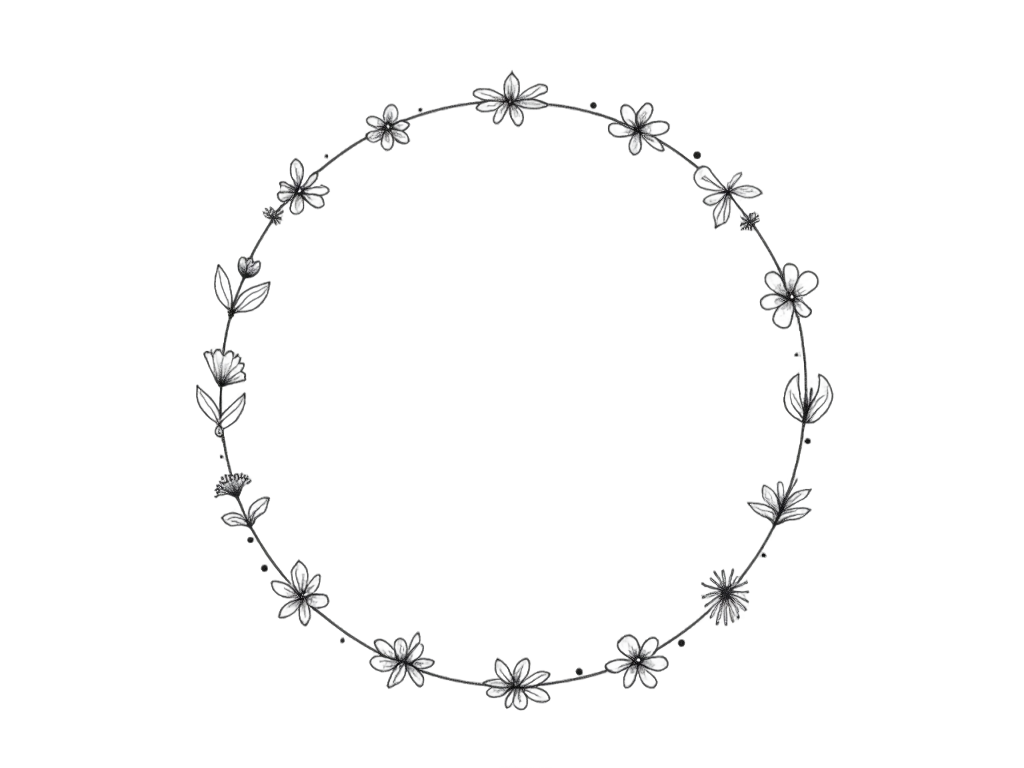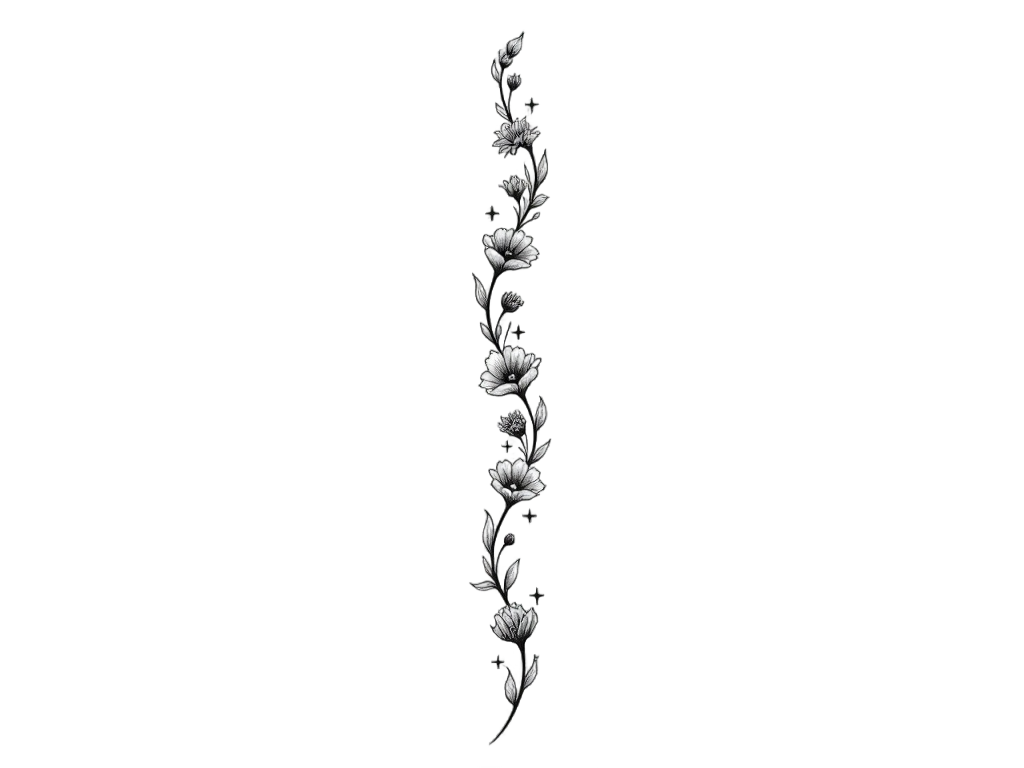Birth month flower Tattoo Ideas, Designs and Meaning
Meaning of Birth month flower Tattoos
- Birth month flower tattoos are personalized designs that represent the flower associated with an individual's birth month.
- These tattoos are often chosen for their personal significance, symbolizing one's identity and connection to their birth month.
- Each birth month flower carries its own unique meaning and symbolism, often related to traits or characteristics associated with that month.
- For example, January's carnation symbolizes love and fascination, while July's larkspur represents positivity and grace.
- Culturally, birth month flowers have been used in various traditions to convey messages and emotions, similar to the language of flowers.
- Historically, the concept of birth month flowers dates back to ancient times, with roots in Roman and Greek traditions.
- Birth month flower tattoos can be designed in various styles, from realistic to abstract, allowing for personal expression and creativity.
- These tattoos are popular among all genders and can be placed on any body part, though common areas include the wrist, forearm, or shoulder.
- The choice of style and placement often reflects the individual's personality and the significance of the flower to them.
- Birth month flower tattoos can also be combined with other elements, such as names or dates, to enhance their personal meaning.
2,622 Tattoo Ideas
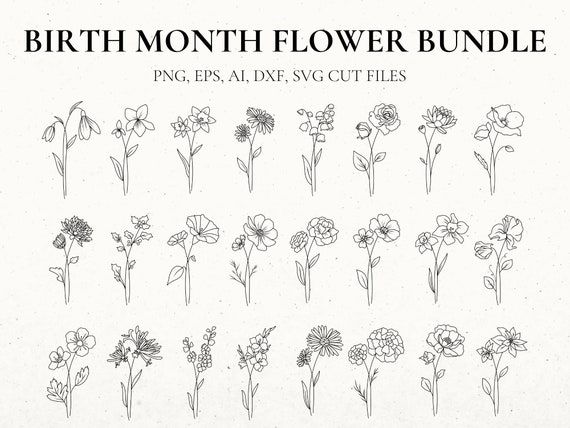

Birth Month Flower Svg Bundle, Fine Line Flower, Flower Stencil, Floral Tattoo Design for Women, Birth Flower Clip Art, Botanical SVG, Files - Etsy
Selection from Pinterest


May Birth Flower Tattoo Ideas {Lily of the Valley}
Selection from Pinterest
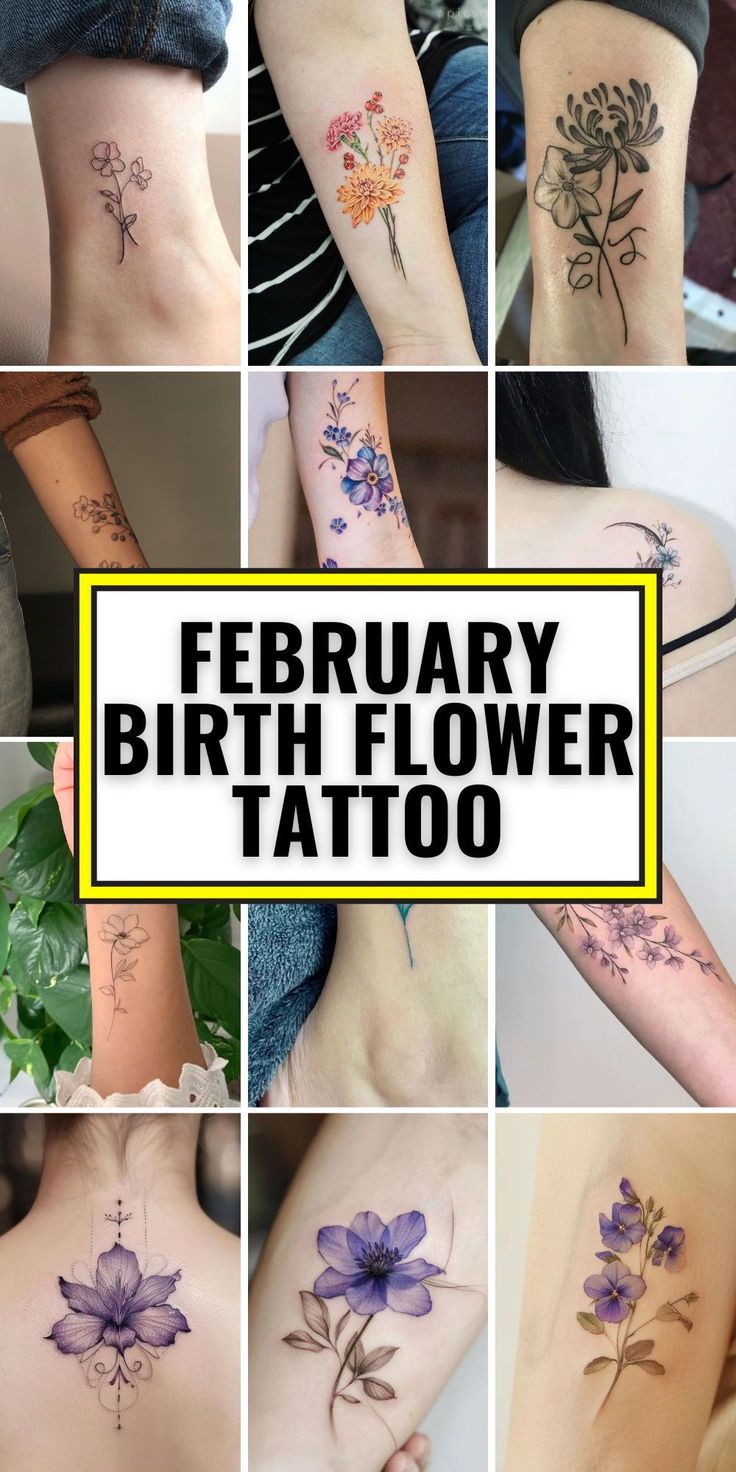

Creative february birth flower tattoo ideas showcasing small violets and elegant spine placements
Selection from Pinterest
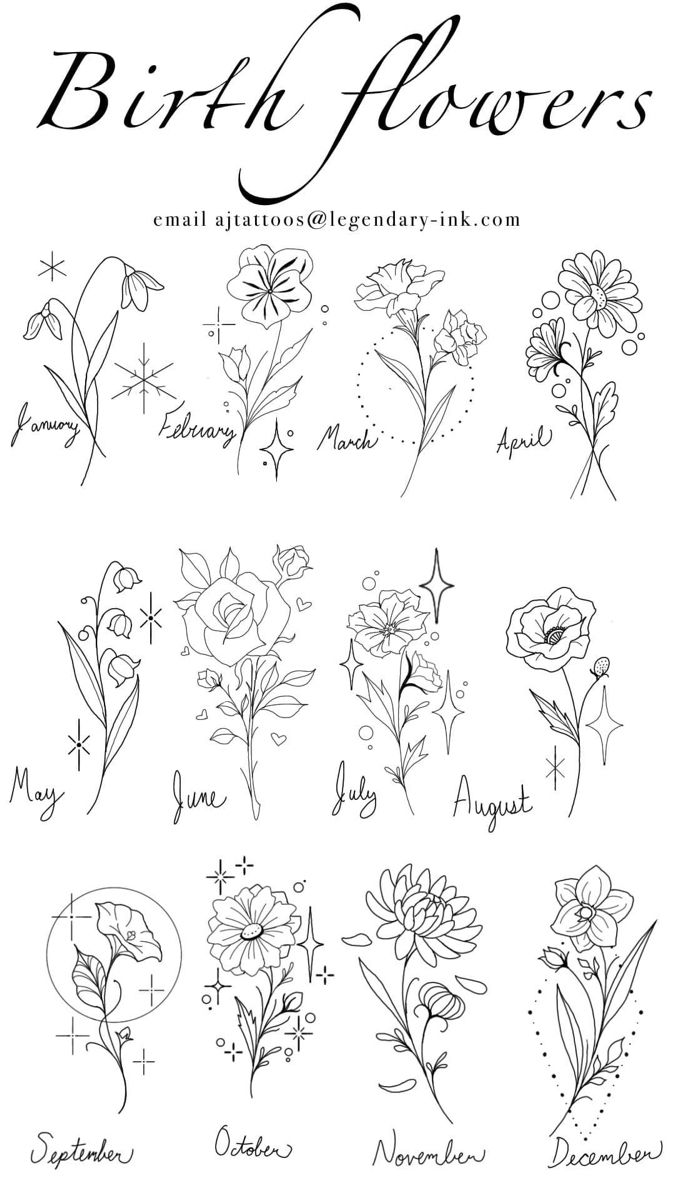

birth flowers
Selection from Pinterest


180+ Beautiful Birth Flower Tattoo Ideas (2024)
Selection from Pinterest


190 Birth Flower Tattoo Ideas in 2025 | birth flower tattoos, flower tattoo, daffodil tattoo
Selection from Pinterest


aaaaaa
Selection from Pinterest


Custom Birth Flower Tattoo Design, Birth Month Flower, Wildflower Tattoo Design Commission, Custom Floral Tattoo, Birthday Flower Tattoo - Etsy
Selection from Pinterest
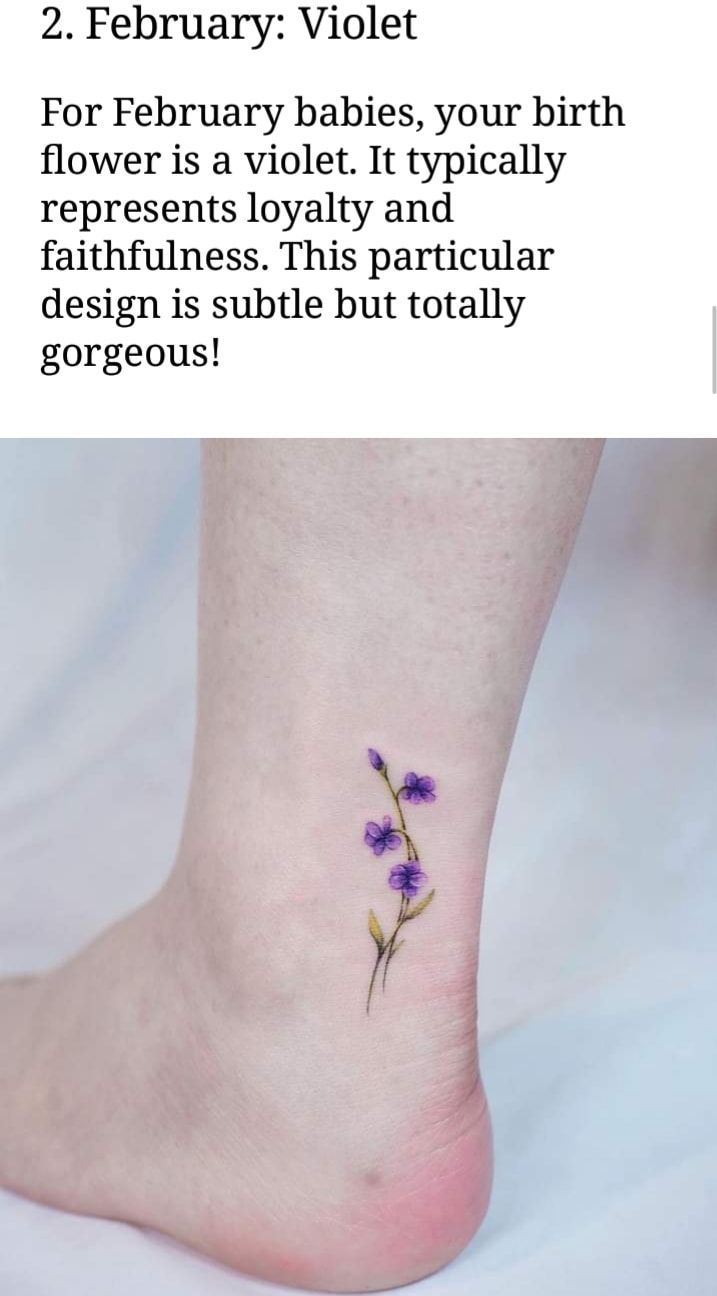

12 birth month flower tattoo design and meaning ideas for your first ink.
Selection from Pinterest
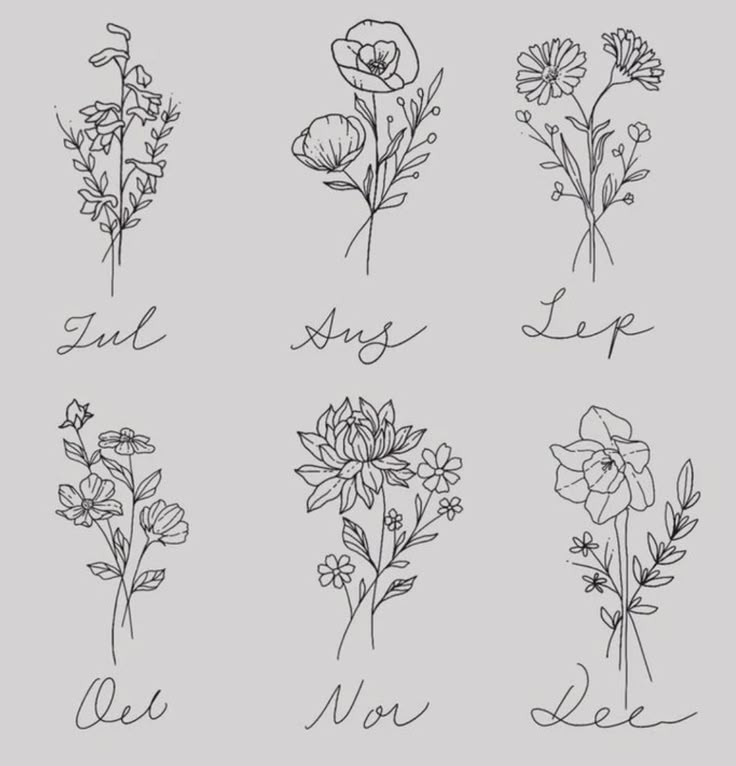

birth month flowers
Selection from Pinterest
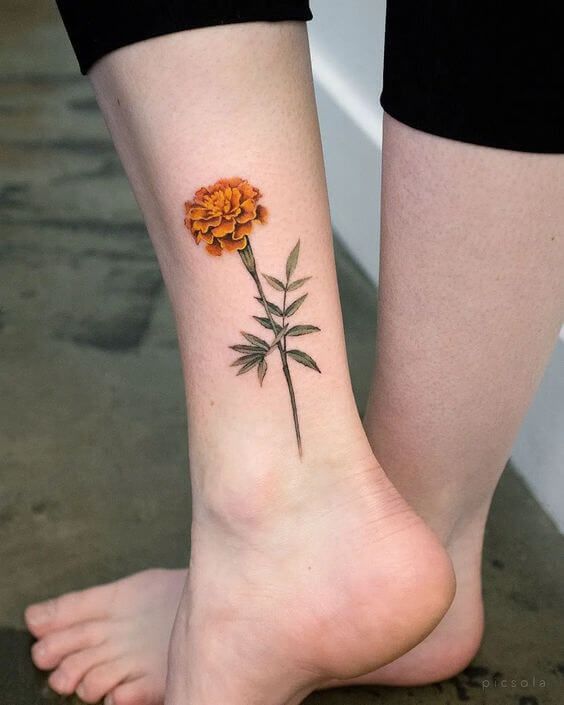

20 Marigold and Cosmos October Birth Flower Tattoo Ideas
Selection from Pinterest


32 Birth Flower Ideas in 2025 | birth flower tattoos, flower tattoos, birth flowers
Selection from Pinterest


180+ Beautiful Birth Flower Tattoo Ideas (2024)
Selection from Pinterest
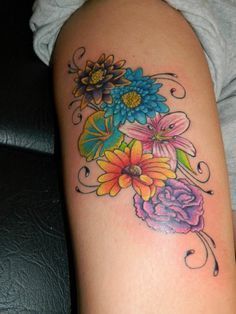

1000+ ideas about Birth Flower
Selection from Pinterest
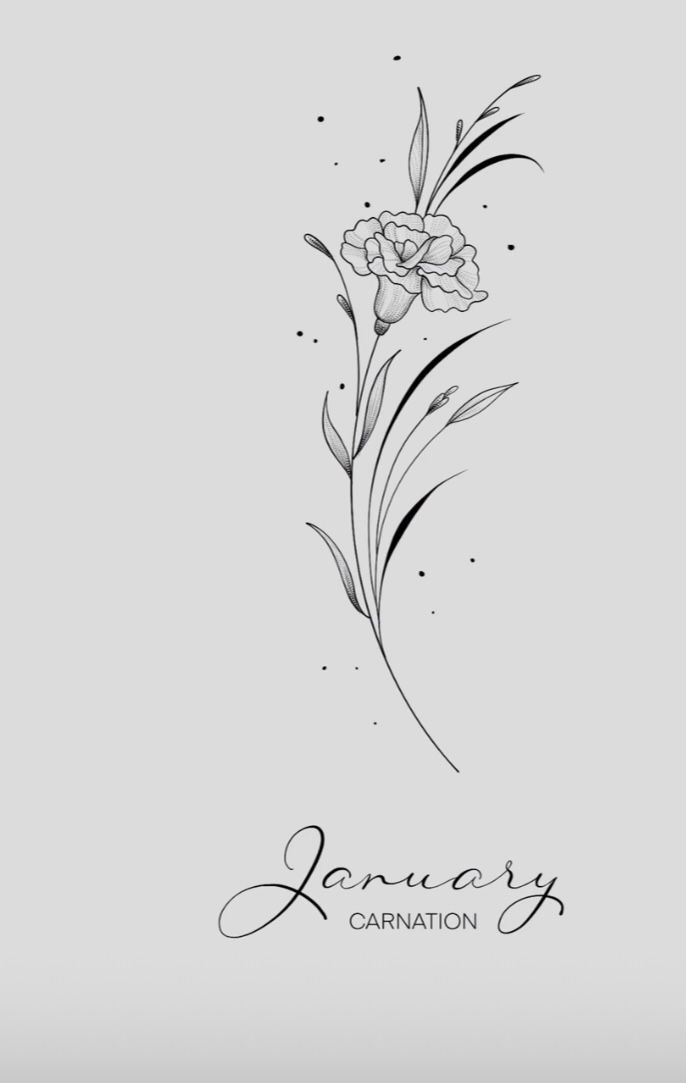

Pin by Lacy Timpone on I want in 2025 | Birth flower tattoos, Carnation tattoo, Small tattoos
Selection from Pinterest
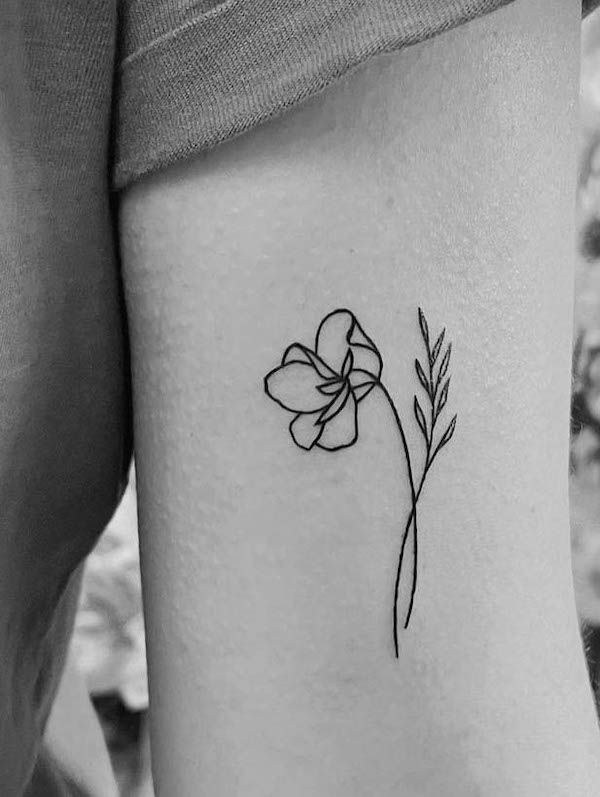

96 Birth Flower Tattoos For Each Month - Our Mindful Life
Selection from Pinterest
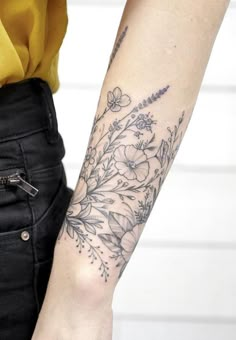

10 birth month flower tattoo ideas | flower tattoo, tattoos, flower tattoos
Selection from Pinterest
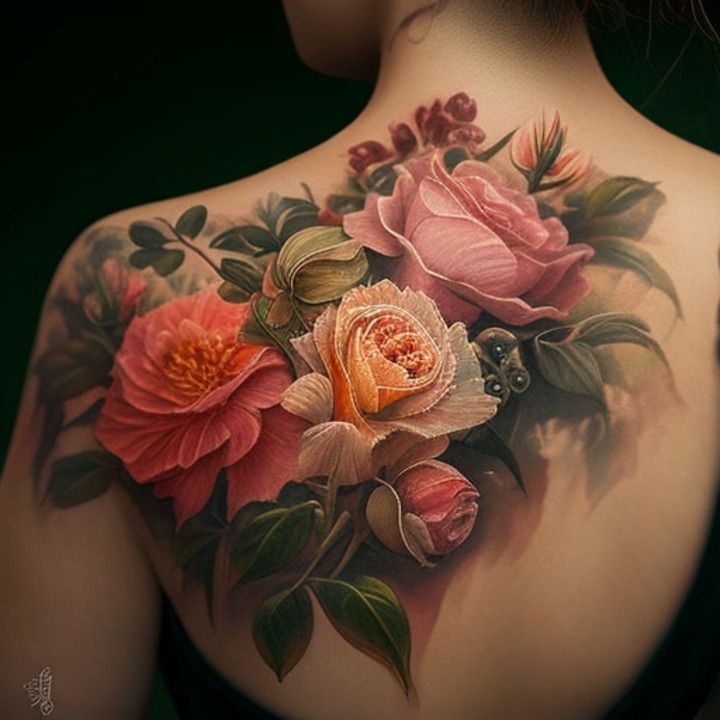

55 June Birth Month Flower Tattoo Ideas - TattooClue.com
Selection from Pinterest
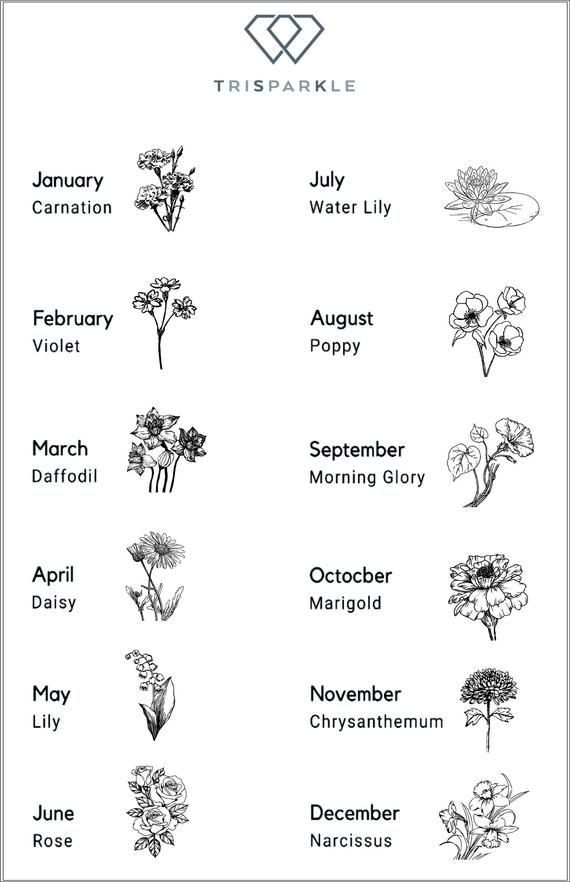

Pin by Jackie Aardema on Tattoos | Birth flower tattoos, Small flower tattoos, Flower tattoos
Selection from Pinterest
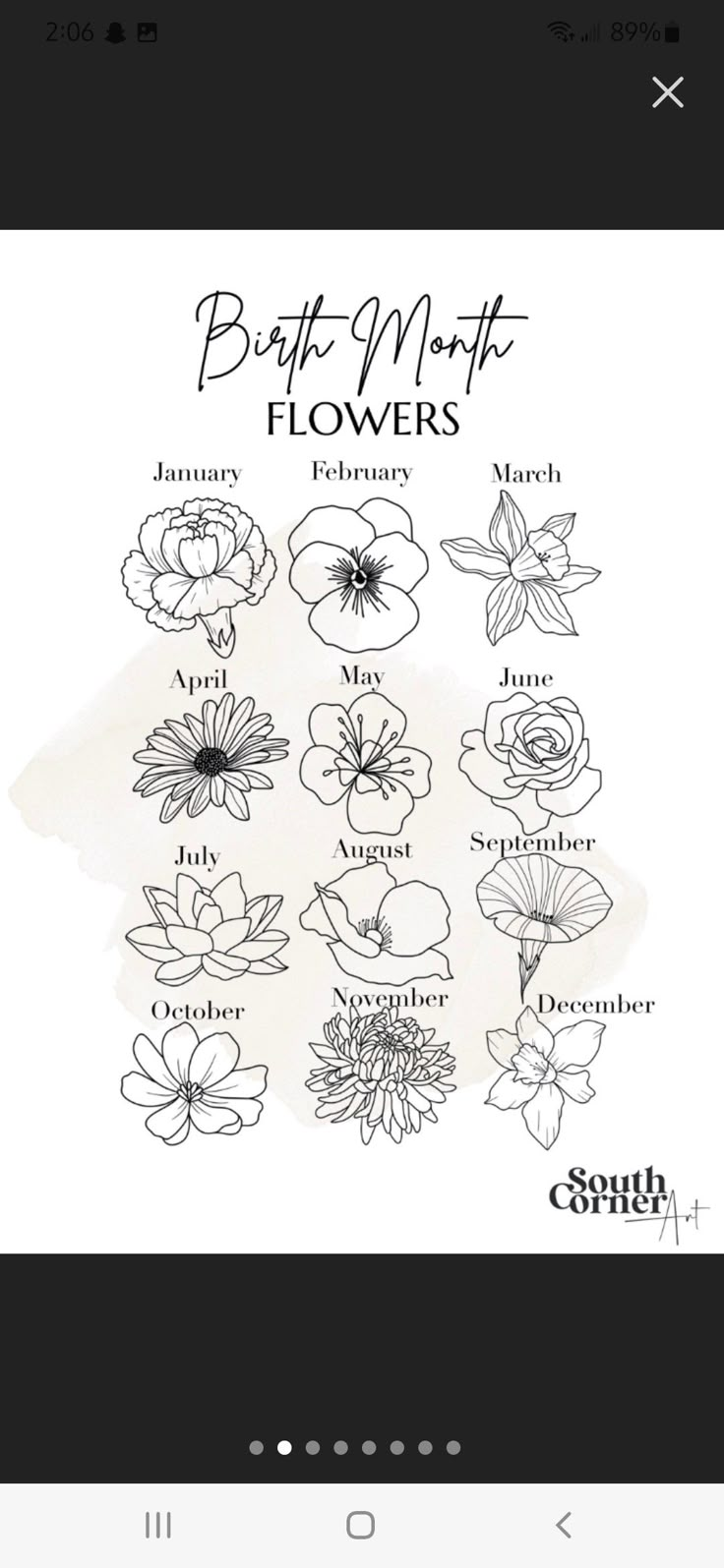

Pin by Frances Hague on tattoo's | Birth flower tattoos, Daisy flower tattoos, December flower tattoo
Selection from Pinterest


August Tattoo Ideas: 17 Meaningful Designs for Men and Women - Exploring Birth Months, Zodiac
Selection from Pinterest
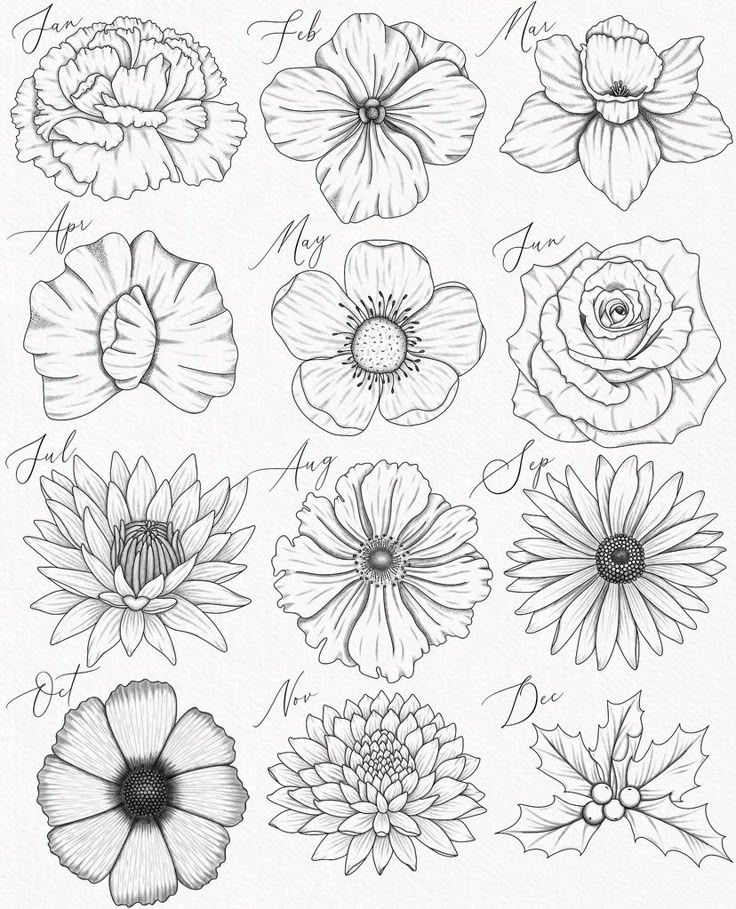

Birth Flower Tattoo Ideas
Selection from Pinterest


Birth Flowers Tattoo Flash
Selection from Pinterest


Possible tattoo idea - child's birth month flower with their name as the stem
Selection from Pinterest
One App to Store All Your Tattoo Ideas
Store your tattoo ideas in one place and Virtual Try-On them on your body!

Avoid Regrets with 3D Virtual Try-On!
Do a 3D Virtual Try-On to see how your tattoo design looks like on your body before you get it tattooed. Powered by Tatship's AI and 3D technology.



Cultural Considerations and Taboos for Birth month flower Tattoos
While birth month flower tattoos are generally well-received, there are some cultural sensitivities to consider. In some Asian cultures, white flowers, such as white lilies or chrysanthemums, are associated with funerals and mourning, so they might be considered inappropriate for a celebratory tattoo. Additionally, in certain cultures, tattoos themselves can be taboo or carry negative connotations, so it's important to be aware of these cultural perspectives when choosing to get a tattoo. It's always advisable to research and respect the cultural significance of the flower and the tattoo itself to avoid any unintended offense.
Popular Tattoo Styles and Variations for Birth month flower Tattoos
Birth month flower tattoos can be designed in a variety of styles, each offering a unique aesthetic. Realism is a popular choice, capturing the intricate details and vibrant colors of the flowers. Watercolor tattoos are another favored style, offering a more abstract and artistic representation with soft, blended colors that mimic the look of watercolor paintings. Minimalist designs, featuring simple outlines or silhouettes, are perfect for those who prefer a more subtle and understated tattoo. Traditional or neo-traditional styles can also be used, incorporating bold lines and vibrant colors to create a striking piece. Some people choose to combine their birth month flower with other elements, such as their zodiac sign or birthstone, to create a more personalized tattoo.
Historical Origins and Evolution of Birth month flower Tattoos
The tradition of associating flowers with specific months dates back to ancient times, with roots in Roman and Greek mythology. The Victorians further popularized the language of flowers, known as floriography, where each flower was assigned specific meanings and used to convey messages. This practice has evolved over time, leading to the modern concept of birth month flowers. While the historical significance of birth month flowers may not be as widely recognized today, they continue to hold personal and cultural importance for many people, serving as a timeless symbol of identity and heritage.
